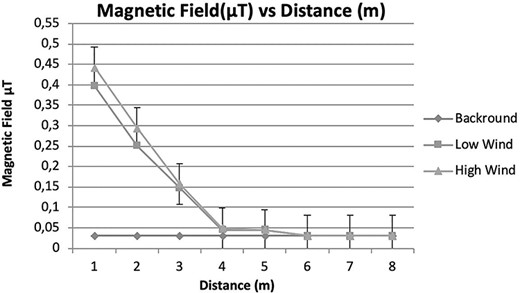 Arguments
Arguments
 Software
Software
 Resources
Comments
Resources
Comments
 The Consensus Project
The Consensus Project
 Translations
Translations
 About
Support
About
Support


Latest Posts
- Skeptical Science New Research for Week #49 2025
- Climate Adam & Dr Gilbz - Paris Climate Agreement At 10: Did It Do Anything?
- Fact brief - Does the recent slowdown in Arctic sea-ice extent loss disprove human-caused warming?
- Why the chemtrail conspiracy theory lingers and grows – and why Tucker Carlson is talking about it
- 2025 SkS Weekly Climate Change & Global Warming News Roundup #48
- Skeptical Science New Research for Week #48 2025
- Consensus machines
- Just have a Think - How an African energy revolution could save ALL of us.
- A girl’s grades drop every summer. There’s an alarming explanation.
- 2025 SkS Weekly Climate Change & Global Warming News Roundup #47
- Fact brief - Are changes in solar activity causing climate change?
- Skeptical Science New Research for Week #47 2025
- Exploring newly released estimates of current policy warming
- Climate Adam - Why the Climate Crisis is a Health Crisis
- Super pollutants are trendy, but we should be careful how we use them
- 2025 SkS Weekly Climate Change & Global Warming News Roundup #46
- Skeptical Science New Research for Week #46 2025
- On the Gates climate memo
- Climate Adam - Climate Scientist responds to Bill Gates
- Five ways Joe Rogan misleads listeners about climate change
- 2025 SkS Weekly Climate Change & Global Warming News Roundup #45
- Skeptical Science New Research for Week #45 2025
- Debunking Joe Rogan, Dick Lindzen, and Will Happer
- Fact brief - Does cold weather disprove human-caused climate change
- Climate change strengthened Hurricane Melissa, making the storm’s winds stronger and the damage worse.
- 2025 SkS Weekly Climate Change & Global Warming News Roundup #44
- Skeptical Science New Research for Week #43 2025
- Climate Adam - Can Solar Halt the Desert?
- Fact brief - Is there empirical evidence for human-caused global warming?
- A “controversial” methane metric?
Archived Rebuttal
This is the archived Intermediate rebuttal to the climate myth "Electromagnetic radiation from wind turbines poses a threat to human health". Click here to view the latest rebuttal.
What the science says...
|
Multiple studies have found that the electromagnetic fields (EMFs) generated by wind turbines are lower than those generated by most common household appliances and that they easily meet rigorous international safety standards. |
Multiple studies have found that the electromagnetic fields (EMFs) generated by wind turbines are lower than those generated by most common household appliances and that they easily meet rigorous international safety standards (McCallum et al. 2014, Alexias et al. 2020, Karanakis et al. 2021). For context, the average home that is not located near power lines has a background level EMF of roughly 0.2 µT1. However, this value varies greatly depending on proximity to certain household appliances1. For example, from a distance of 4 feet, an electric can opener’s EMF is 0.2 µT, but this value increases to 60 µT from a distance of 6 inches2. A 2020 academic study found that the EMF generated by turbines are approximately 0.44 µT at a distance of 1 meter but less than 0.1 µT at a distance of 4 meters, as shown below (Alexias et al. 2020).

Figure 10: The EMF level, measured in microtesla (µT), is shown to drop dramatically with increase in distance from source. Source: Alexias et al. (2020)
These EMF levels are not dependent on wind speeds.
Footnotes:
[1] Radiation: Electromagnetic fields, World Health Organization (August 4, 2016)
[2] Electromagnetic Fields (EMF), Wis. Dep’t. of Health Serv. (Sept. 14, 2022)
This rebuttal is based on the report "Rebutting 33 False Claims About Solar, Wind, and Electric Vehicles" written by Matthew Eisenson, Jacob Elkin, Andy Fitch, Matthew Ard, Kaya Sittinger & Samuel Lavine and published by the Sabin Center for Climate Change Law at Columbia Law School in 2024. Skeptical Science sincerely appreciates Sabin Center's generosity in collaborating with us to make this information available as widely as possible.
Updated on 2024-09-01 by Ken Rice.
THE ESCALATOR

(free to republish)
























































